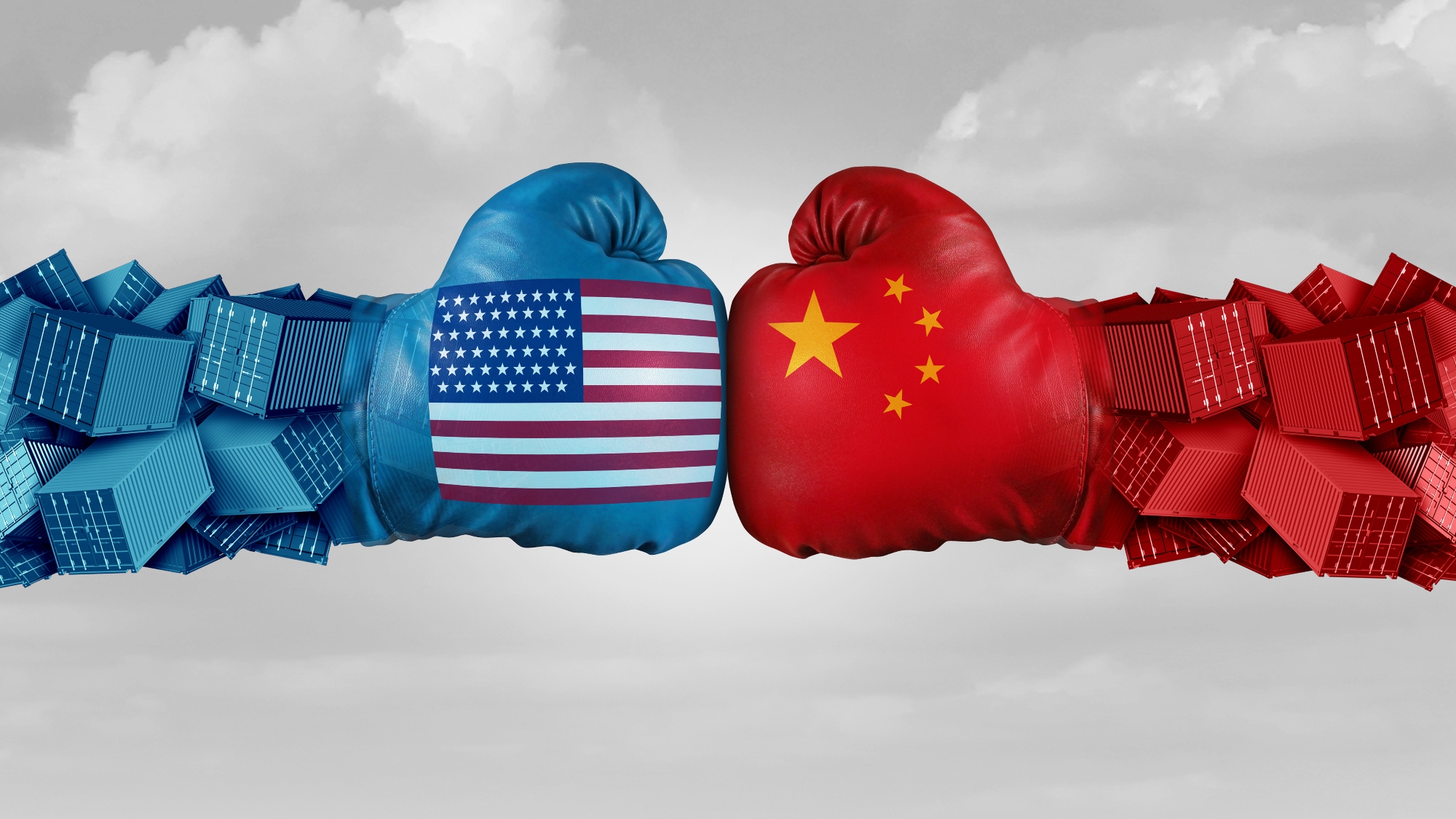Trust in Supply Chain Managment: Can You Trust Big Customers? – Part III
**Continuing with our last piece, we will discuss the different elements of trust and how they play out in supply chain relationships.
Power
One of the greatest deterrents to trust is power. Many industry stories detail the havoc wreaked on supply chains by powerful retailers, automotive OEMs, and other power brokers who drive bullwhip effects, vendor managed inventories, and other forms of power exertion. How should supply chain researchers treat power? What do we know about power?
French and Raven (1959) identified three types of power associated with referent, legitimate, and coercive power with the three types of trust discussed in the prior section. If we compare these three types of power (French & Raven 1959) with calculus-based, knowledge-based and identification-based trust (Lewicki & Bunker 1995) there appears to be some similarities as shown below.
|
Coercive Power Expectation that the other party will punish in situation of nonconformance |
Calculus-Based Trust
Trust sustained through deterrence punishment |
|
| Expert Power
Power due to Knowledge of perception of knowledge in a given area |
Knowledge-based Trust
Knowing the other party so that their behavior is anticipatable |
|
| Referent Power
Basis of referent power is in identification of one party with the other, a feeling of oneness |
Identification-based Trust
Indentification with the other party’s desires and intentions |
The definitions above reveal a link between the areas of power and trust. Perhaps the judicious use of power or even restraint from power can lead to the various types of trust discussed. Coercive power is the expectation of punishment from another party unless there is compliance. Non-coercive power involves referent, expert, legitimate, and reward power. The various forms of power are shown below.
French Jr. & Raven (1959)
There are different types of power including referent, legitimate and coercive.
Gaski (1984)
There is not a strong relationship between power and dependence. Coercive versus non-coercive power usage has not been effectively tested yet.
Gaski & Nevin (1985)
Exercise of power has an effect on satisfaction and conflict beyond the mere presence of power.
Venkatesh et al. (1995)
Found significance between use of a particular influence strategy and type of power in a relationship.
Heide (1994)
The more unilateral power is in a buyer-supplier relationship the higher the use of explicit contracts.
Lusch & Brown (1996)
The higher the level of dependence of the supplier or buyer on the other the higher the higher the use of explicit contracting.
Dependence
Dependence has been observed two ways. First, dependence may be defined in terms of a relationship between one party (usually supplier) on another party (usually buyer). Second, the power one party has over another may be due to dependence, usually due to a high percentage of a supplier’s output going to one buyer. Again, the specter of the Walmarts, Carrefours, Home Depots, and other retailers come to mind. Several authors including Lascelles and Dale (1989), Dwyer Schurr and Oh (1987) and Krause (1995) have addressed the issue of dependence from a volume perspective. They hypothesize that the more a buyer buys from a supplier the more likely the buyer will be able to influence the supplier.
Treleven (1987)
In situations with fewer suppliers buyers have fewer opportunities to exploit suppliers.
Mohr & Spekman (1994)
Interdependence is correlated with relationship performance.
Emerson (1962)
Power and dependence have a reciprocal relationship.
Cadotte & Stern (1979)
The power dependence relationship determines the amount of interdependence between parties
Lascelles and Dale (1989)
The volume of business with a supplier impacts the ability of a buyer to impact a supplier.
Frazier, Spekman and O’Neal (1988)
Coercive use of power can damage a relationship.
Dwyer, Schurr and Oh (1987)
Power is a function of dependence of parties on one another.
Noorweir, John and Nevin (1990)
Voluntary restraint from the use of power improves the relational exchange norms of a relationship.
Williamson (1975)
Power assymetries will always be exploited.
Heide (1994)
The more dependent a supplier is the higher the use of explicit contracts is.
Etgar & Valency (1983)
The more dependence that is present the more vulnerable the weaker member is to the other.
Heide (1994)
The higher the degree of interdependence the more commitment exhibited by both parties.
Lusch & Brown (1996)
The more dependence a buyer has on a supplier the more likely the buyer is to have a long-term orientation.
Dependence of a party on another means that one party will have power over another. Treleven (1987) notes that in markets with limited numbers of suppliers there is less leverage for buyers in negotiating with suppliers. Resource dependence theory also notes that when power between parties is in relative balance (high uncertainty) organizations will attempt to create negotiated environments.
Clearly, the interplay of trust, dependence, and power is an issue that companies in all walks of life will have to manage for some time into the future. If companies are serious about deploying supply chain management, skills in managing relationships and forming bonds that go beyond the traditional boundaries, managing this interplay will be key to success. One example of how this power is being wielded, is Walmart’s latest request that all suppliers have RFID tags on pallets by January 2005…..want to learn more? Stay tuned for out next piece in two weeks….
- Categories:


